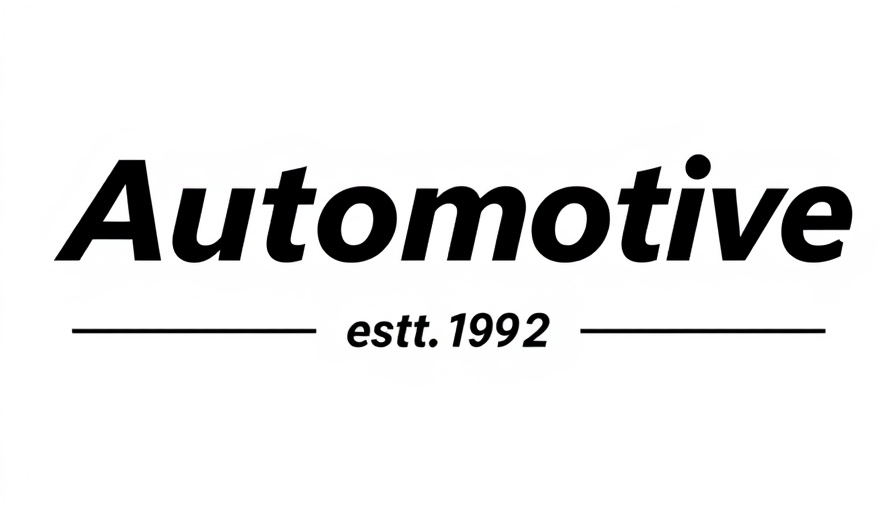
The Rising Tide of Used Car Prices: What Dealers Need to Know
The used car market is witnessing a notable surge in prices, with an average increase of $100 reported in March as per CARFAX’s Used Car Index. This rise is attributed to a mix of seasonal trends and the influence of tariffs impacting sales, which have more than doubled compared to the previous year. As dealers and general managers, it's crucial to understand these dynamics to navigate the evolving landscape effectively.
Driving Factors Behind Increased Sales
Srinidhi Melkote, Vice President of Business Analytics at CARFAX, notes that the escalation in new car prices has led consumers to explore used cars as a viable alternative. This shift has resulted in heightened demand for used vehicles, further driving prices upwards. The tight inventory—2.14 million units recorded at the end of March, down from 2.18 million in February—also underscores the competitive market conditions. With fewer options available, consumers are willing to pay more, a trend that dealers need to capitalize on.
Price Trends Across Vehicle Types
Particularly significant is the increase in specific vehicle segments. For example, used vans and minivans have jumped roughly $800, with an average price now at $22,331. Luxury SUVs saw a $500 rise, while non-luxury SUVs increased by $400. Notably, hybrids and electric vehicles also recorded a month-over-month increase of $270, averaging $29,627. This pattern indicates that while some categories are flourishing, others, such as luxury cars, are experiencing slight declines and require strategic attention.
Regional Insights: A Diverse Picture
In analyzing regional data from CARFAX for the first time, significant variances in pricing trends emerge. For instance, luxury car prices have dipped by 2.3% in the Northeast while increasing by 2.6% in the Southwest. These differences emphasize the importance of localized strategies for pricing and inventory management in order to meet market demands effectively. As prices fluctuate differently across regions, dealers must adapt their sales approaches accordingly.
Preparing for Future Trends
As we look ahead, the continuing rise in used car prices is expected to persist. Dealers must prepare for a landscape where competitive pricing and inventory management are key. An understanding of the specific demographics making purchases—what drives their decision to opt for used cars over new—will aid in tailoring marketing strategies. Emphasizing value and availability could resonate well with potential buyers who are navigating a tightening market.
Conclusion: Embrace These Insights for Success
With the current trends influencing the used car market, dealership owners and GMs have a compelling opportunity to adapt their strategies. Recognizing these trends, understanding regional variances, and preparing for future shifts can set you apart in a competitive industry. Arm yourself with the latest data and insights to ensure your dealership thrives in the coming months.
 Add Row
Add Row  Add
Add 

 Add Row
Add Row  Add Element
Add Element 




Write A Comment